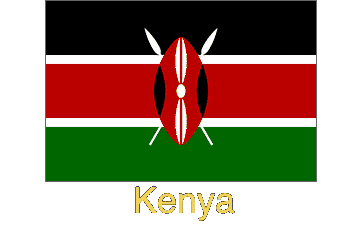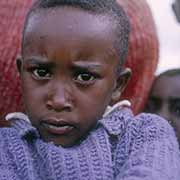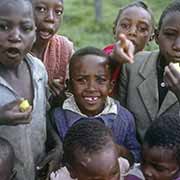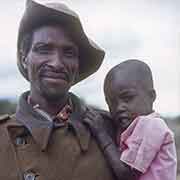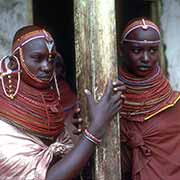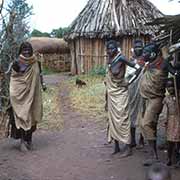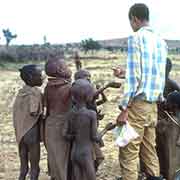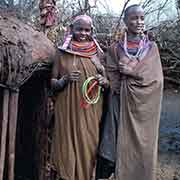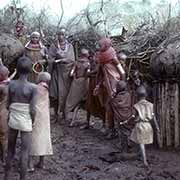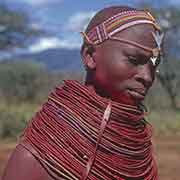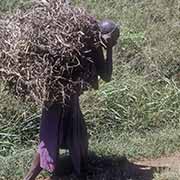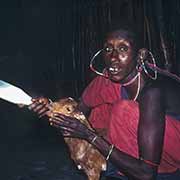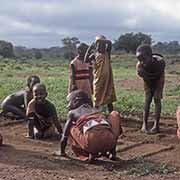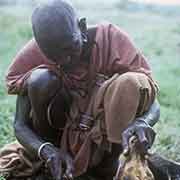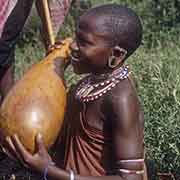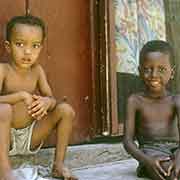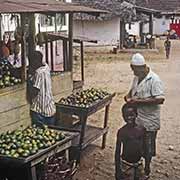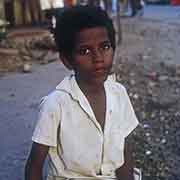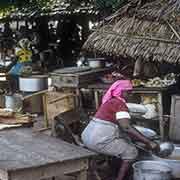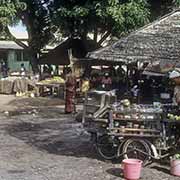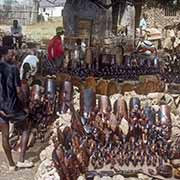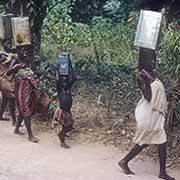Photos of the people of Kenya, Kenya
The people of Kenya
Kenya has a very diverse African population, of which those speaking Bantu languages is the largest group. The Kikuyu, in the fertile Central Rift highlands, are the most numerous, comprising around 21% of Kenya’s total population.
you may then send it as a postcard if you wish.
The next largest group speaks Nilo-Saharian languages and includes Maasai, Samburu and Turkana, all pastoral nomads. The Maasai live in the south, along the border with Tanzania, while the Samburu and Turkana live in the arid northwest of the country. A small minority of Somali people live in the north and northeast between Isiolo and the border with Somalia.
Along the coast live the Swahili people, mostly descended from unions between Arabs and Africans. Islam is the main religion here, introduced by Arab traders as long ago as the 8th century CE. The Swahili language, a lingua franca, evolved from Bantu languages with Arabic, Persian, Portuguese, and later Hindi and English. It is now, next to English, an official language of the country.
During British colonial rule, people from India and Pakistan arrived, primarily as traders and artisans, and many remain after independence; they are mainly engaged in business. A small number of Europeans, mostly British in origin, also dwell in Nairobi and Mombasa.


